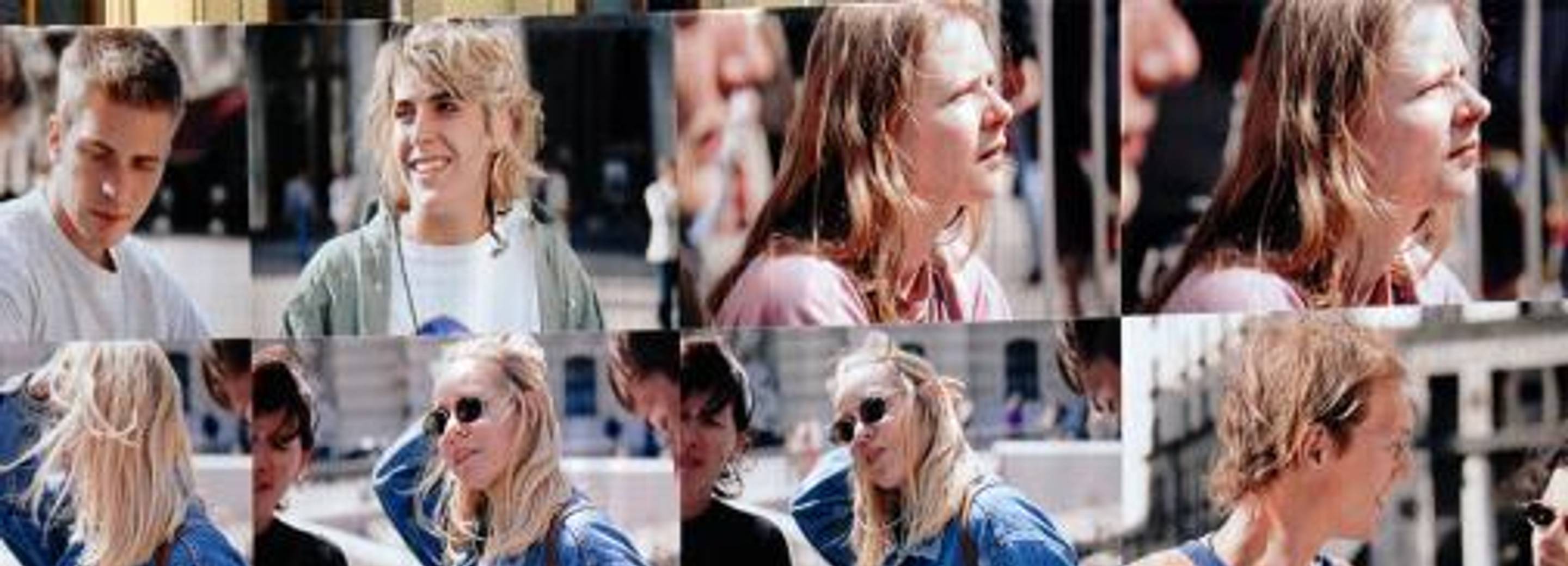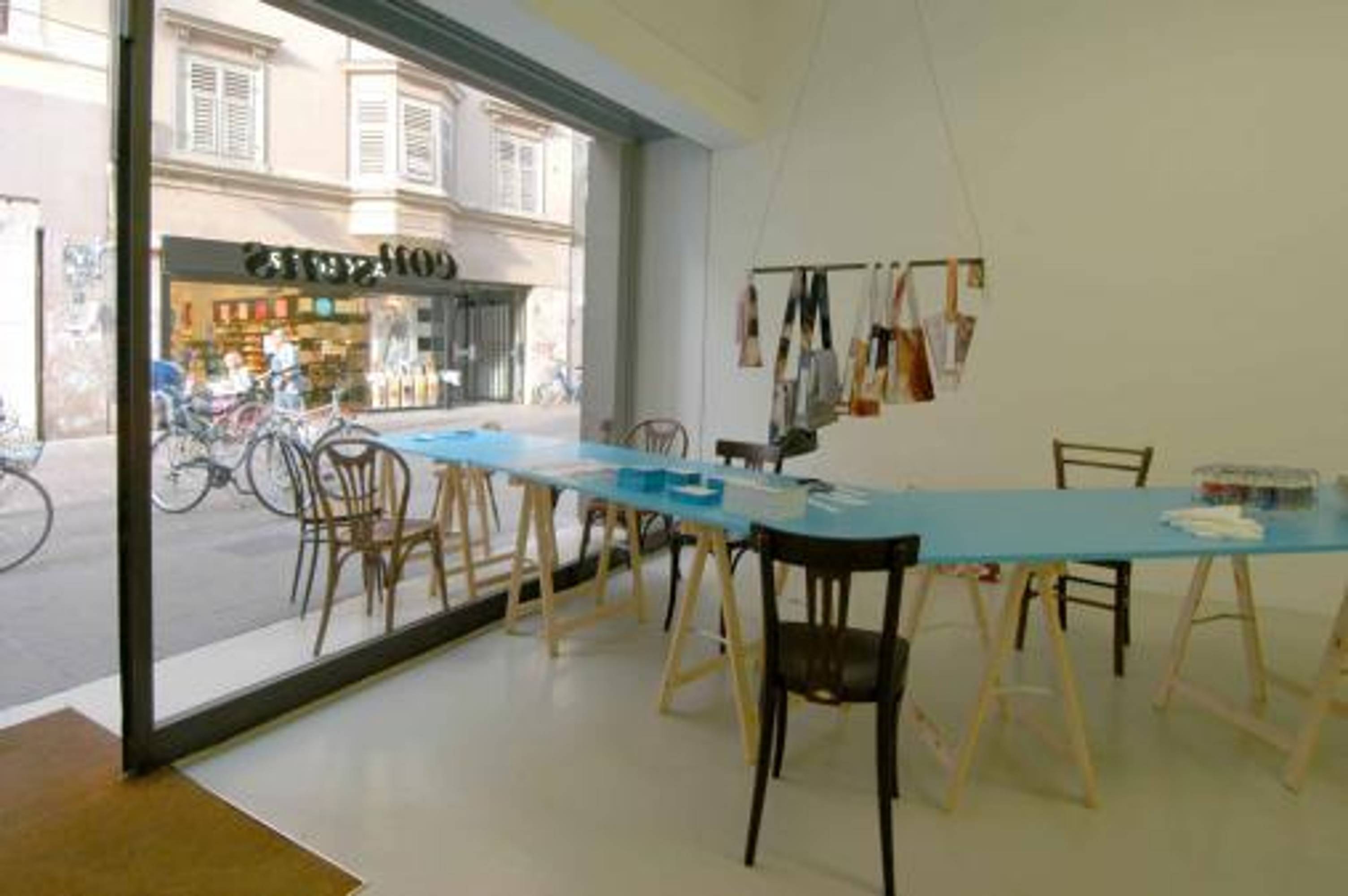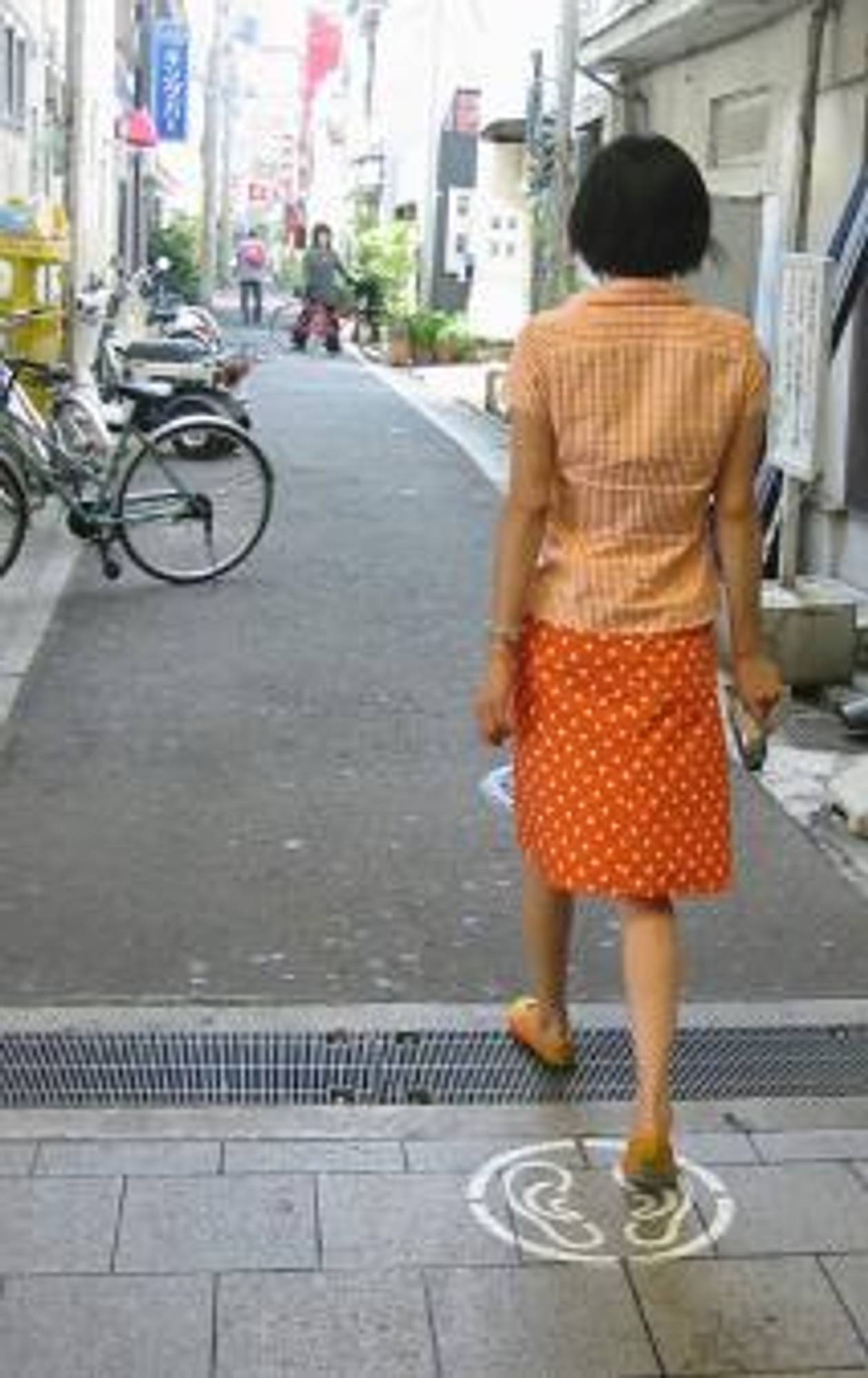CON SENS
Elodie Carré, Pascal Sémur, Dominique Petitgand, Peter Senoner, Rudolf Stingel , Franz West, Beat Streuli, Akio Suzuki
The exhibition con – sens stresses the importance of the five senses as an essential means of experiencing what is around us. That may sound like a truism, but Western man today has more or less instituted a distance between himself and his body that also distances him from the world and from others. And yet, we are as much feeling subjects as thinking ones. Indeed, the two go together.
Further, it is in this world that we encounter each other, whether or not we come to that meeting with curiosity. And without others, we do not exist. The title con – sens also conveys the plurality that, for the philosopher Hannah Arendt, is the overwhelming law of the Earth.
The idea, then, is to heighten experience of the five senses with works of art, each of which constitutes a moment of encounter.
In addition, the aim is that the works of the eight featured artists should become part of the town and of what constitutes it (an inhabited space-time, made up of visible constructions and invisible connections, of memories and projects). Thus the point is not for these works to be autonomous objects or, on the contrary, to disappear into the urban fabric; rather, they are here to partake of what is going on and to contribute their own capacity to ask questions, their way of playing with conventions and expectations.
Their mode of presence, founded on the experience of the senses and on an activation of what is there, will be conducive to real participation on the part of visitors and inhabitants, who will thus be more than simple spectators. The works will invite them to listen, to others and to themselves, to enter into dialogues, to taste and to drink, to smell and to see, to move through the town in all directions, and with all their senses, on both sides of the rivers, in the Italian and Germanic quarters; to stop and take their time. Connections will be formed between works and places, and perhaps between individuals who previously did not know or speak to each other. For each person, these connections will form a new way of thinking about their own being-here, made of words and feelings, of walks and discussions unfolding through four dimensions, from the body’s memory to urban structures, from mother tongues to the horizon of the mountains.
How will artworks – set against the scale of the town and the landscape – manage to become active presences within the urban fabric and its incessant movement? Art, which is materialised in works or manifested in actions, is something to which we cannot remain indifferent. As some time, somewhere, we have all had that experience of finding ourselves shaken to the core by a work of art. Our breathing changes, and so too, perhaps, does that centre of gravity in relation to which we measured the magnitude of our gestures and words. This change within us is hard to express, and yet the event has happened, and it may affect the way we relate to the world and those around us. When this event occurs outside the museum, or outside the museum world, in the heart of the city, then its resonance potentially has a public character that reaches beyond the personal dimension of the encounter. The active presence of art is felt at this point of articulation.



